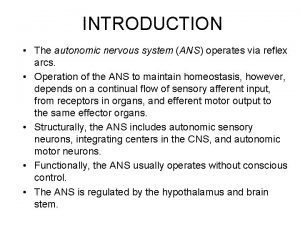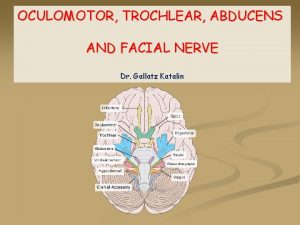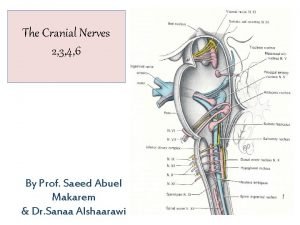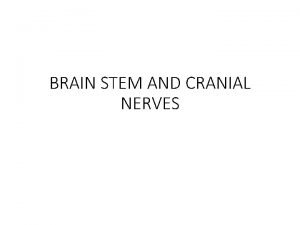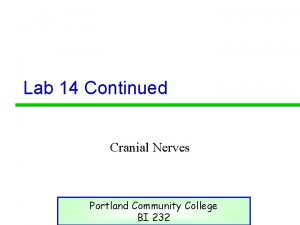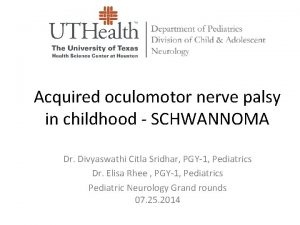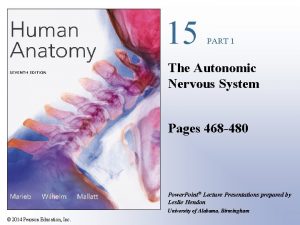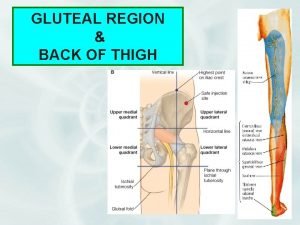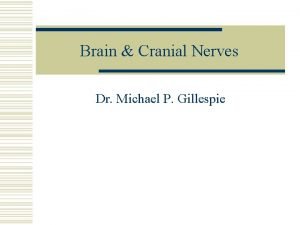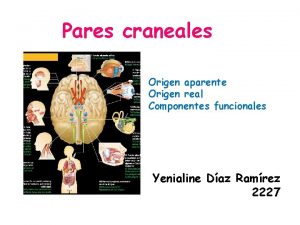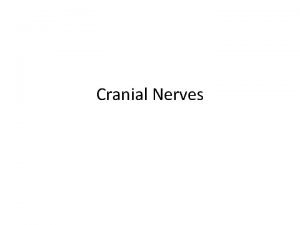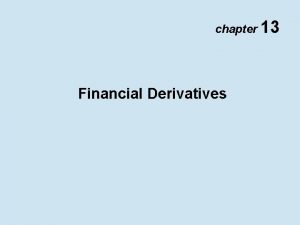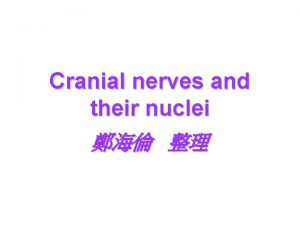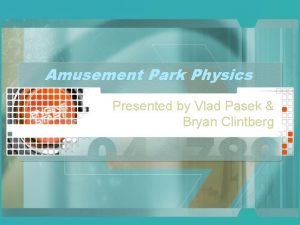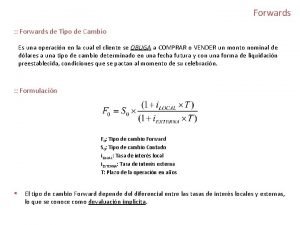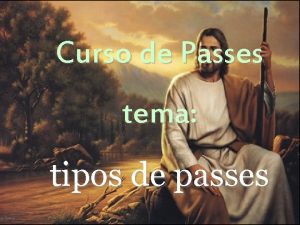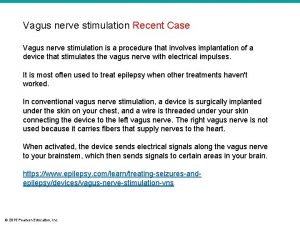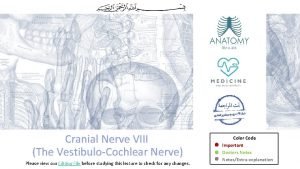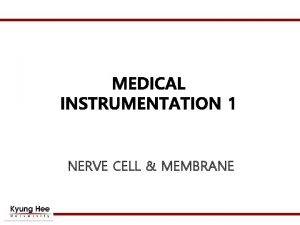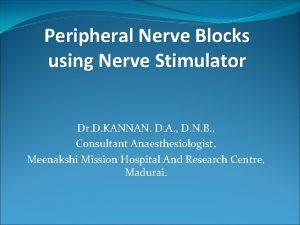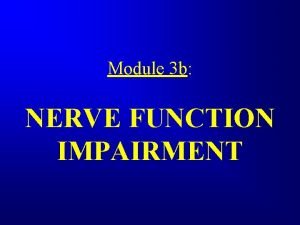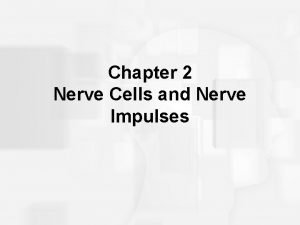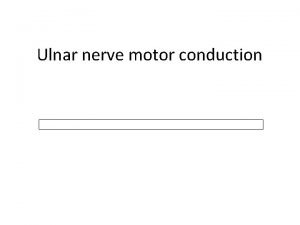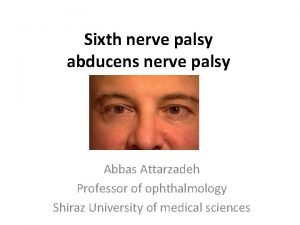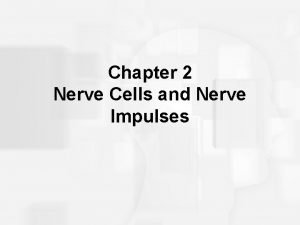OCULOMOTOR NERVE 3 rd It passes forwards in























- Slides: 23


OCULOMOTOR NERVE (3 rd) - It passes forwards in the lateral wall of cavernous sinus. It enters the orbit through the superior orbital fissure - The nerve gives a parasympathetic root to the ciliary ganglion. TROCHLEAR NERVE (4 th) - It passes forwards in the lateral wall of cavernous sinus. Finally it enters the orbit through the superior orbital fissure. ABDUCENT NERVE (6 th). - It enters the cavernous sinus infero–lateral to the internal carotid artery. Then it enters the orbit through the superior orbital fissure. Nerve supply of the extra ocular muscles [LR 6 (SO 4)3] - All extra-occular muscles (Nr=7) are supplied by Oculomotor nerve (3 rd) except (1) Lateral rectus (LR): supplied by the abducent (6 th) nerve [LR 6] (2) Superior oblique (SO) supplied by the trochlear (4 th) nerve [SO 4]

Trigeminal nerve (5 th cranial nerve)

Nasociliary nerve Frontal nerve. Lacrimal Three Branches nerve Ophthalmic nerve In cavernous sinus 1 - Frontal gives supratrochlear and supraorbital nerves 2 - Lacrimal to the lacrimal gland 3 - Nasociliary to the ciliary ganglia and para nasal sinuses Sup. Orbital fissure enter orbit through S. O. F

Nervous spinosus Mandibular nerve

Course of maxillary nerve Lateral wall of cavernous sinus

Branches of maxillary Nerve (MGZPI) Inferior palpebral Lateral nasal Superior labial To canine & incisive To molar 1 - Lower teeth 2 - Maxillary sinus 3 - Lower eye lid, upper lib and lateral side of the nose To premolar

Jugular foramen Glossopharyngeal nerve Internal jugular vein Styloid process Glossopharyngeal N with stylopharyngeus muscle Internal carotid artery Superior constrictor muscle Tongue External carotid artery Middle constrictor muscle

Branches of glossopharyngeal N. (TCSP Te. Lephone):

Jugular foramen Internal jugular vein Vagus nerve Course in neck Internal Carotid artery Superior, inferior ganglion accessory nerve (cranial root) Carotid sheath

Branches in the neck (MACSP Re. Corder)

• Branches in the neck (MACSP Re. Corder); • (1) Meningeal branch: to the meninges. • (2) Auricular branch, • - It supplies external auditory meatus. Outer surface of the tympanic membrane. • (3) Pharyngeal branch (motor) • - Its fibers are mostly derived from the cranial root of accessory nerve. • - It shares in the formation of the pharyngeal plexus. • - Its fibers supply • 1 - All the muscles of the pharynx except stylopharyngus (supplied by the glossopharengeal nerve). • 2 - All the muscles of the palate except tensor palate (supplied by nerve to medial pterygoid)

Laryngeal nerves • Superior laryngeal nerve a- Internal laryngeal nerve (sensory): pierces the thyrohyoid membrane to the mucous membrane of the upper 1/2 of larynx (above vocal cords). It gives a branch to the root of the tongue receiving general and taste sensation. b- External laryngeal nerve (motor) to the cricothyroid muscle, related to the superior thyroid artery • Recurrent laryngeal nerve - It is closely related to the inferior thyroid artery. - Motor: to all laryngeal muscles (except cricothyroid supplied. - Sensory : to the mucus membrane of lower 1/2 of larynx below vocal cords Vagus Superior laryngeal N. Int. laryngeal N. Tongue Thyrohyoid membrane Ext. laryngeal N. cricothyroid muscle Recurrent laryngeal N.

Accessory nerve Jugular foramen Cranial part of accessory N. Spinal part of accessory N. C 1 -C 6 Posterior triangle on the levator scapulae Trapezius M about 5 cm above the clavicle cranial root joins the vagus nerve Vagus N. Styloid process Post. Belly of digastric Spinal part of accessory N. Sternomastoid M

Hypoglossal nerve Motor nucleus in M. O. supplies all muscles of the tongue except palatoglossus ICA Internal jugular vein Hyoglossus

Subclavian artery Begin End parts 1= Brachiocephalic trunk End 1 Arch Begin 1

SUBCLAVIAN ARTERY Beginning: different on both sides: 1) Left subclavian artery: from the arch of aorta. 2) Right subclavian artery from the brachiocephalic artery. Termination; at the outer border of the 1 st rib and continues as axillary artery. Course: - It is divided by the scalenus anterior muscle into 3 parts: * 1 st part: medial to scalenous anterior. * 2 nd part: behind scalenous anterior. * 3 rd part: lateral to scalenous anterior. 2

Upper border of Thyroid cartilage Right Common carotid brachiocephalic trunk C 3 C 4 End Left Common carotid artery Arch of aorta Begin

Superficial temporal artery End Behind neck of mandible inside the parotid gland C 3 C 4 Maxillary artery External carotid artery Upper border of thyroid cartilage External carotid artery

Superficial temporal artery 6 - Posterior auricular artery 5 - Occipital artery 1 - Ascending pharyngeal artery External carotid artery 2 terminal branches Maxillary artery 4 - Facial artery 3 - Lingual artery 2 - Superior thyroid artery Branches of ECA= ASLFOP+ 2 terminal (MS)

Common facial vein Superior thyroid vein Middle thyroid (1) Superior thyroid vein (2) Lingual vein. (3) (4) (5) (6) (7) (8) Beginning: as continuation of the sigmoid venous sinus. Termination: behind the sterno -clavicular joint by joining the subclavian vein to form brachiocephalic vein. Lingual vein Common facial vein. Occipital vein Pharyngeal venous plexus. Sigmoid sinus. Inferior petrosal sinus. Middle thyroid vein. Tributaries IJV (SLFO-P-SIM)

The skull - It is formed of 22 bones; a- 1 movable; the mandible. b- 21 immovable bones articulating together by fibrous joints which are classified into; - 8 Paired bones (right and left) 1 - Parietal. 2 - Temporal. 3 - Zygomatic. 4 - Maxillary. 5 - Lacrimal. 6 - Palatine. 7 - Nasal. 8 - Inferior concha. - 5 single bones 1 - Fontal. 2 - Occipital. 3 - Ethmoid. 4 - Sphenoid. 5 - Vomer.

Th ank Qu you est ion s I/Azzam - 2004
 Ans
Ans Trochlear nerve palsy
Trochlear nerve palsy Cranial nerves 2 3 4 6
Cranial nerves 2 3 4 6 Oculomotor nerve
Oculomotor nerve Hypoglossal nerve damage
Hypoglossal nerve damage Oculomotor nerve
Oculomotor nerve Oculomotor nerve
Oculomotor nerve Oculomotor nerve
Oculomotor nerve Edinger westphal nucleus
Edinger westphal nucleus Gluteus muscle nerve supply
Gluteus muscle nerve supply Cn iiiv - vestibulocochlear nerve
Cn iiiv - vestibulocochlear nerve Origen real y aparente pares craneales
Origen real y aparente pares craneales Cranial nerves
Cranial nerves Advantages and disadvantages of derivatives
Advantages and disadvantages of derivatives Equity forward
Equity forward This way that way forwards backwards over the irish sea
This way that way forwards backwards over the irish sea Mercados de forwards y swaps
Mercados de forwards y swaps Fx forwards manchester
Fx forwards manchester Prepaid forward contract formula
Prepaid forward contract formula Hedging in forward market
Hedging in forward market Trigeminal nerve which cranial nerve
Trigeminal nerve which cranial nerve Raconter des événements passés
Raconter des événements passés Ar 600 8 10
Ar 600 8 10 Amusement parks physics
Amusement parks physics
